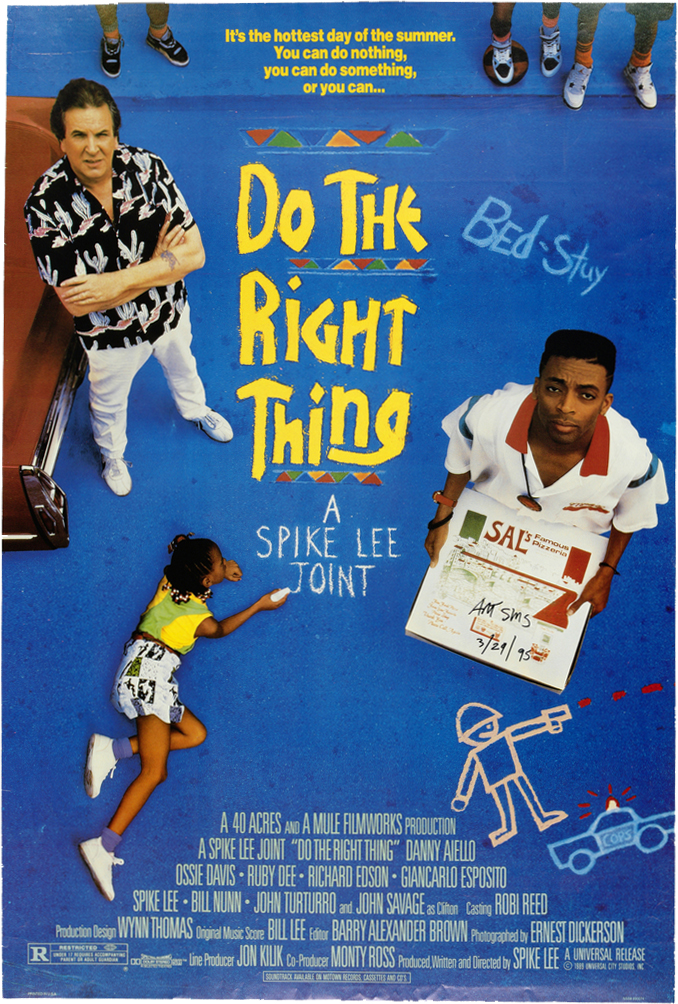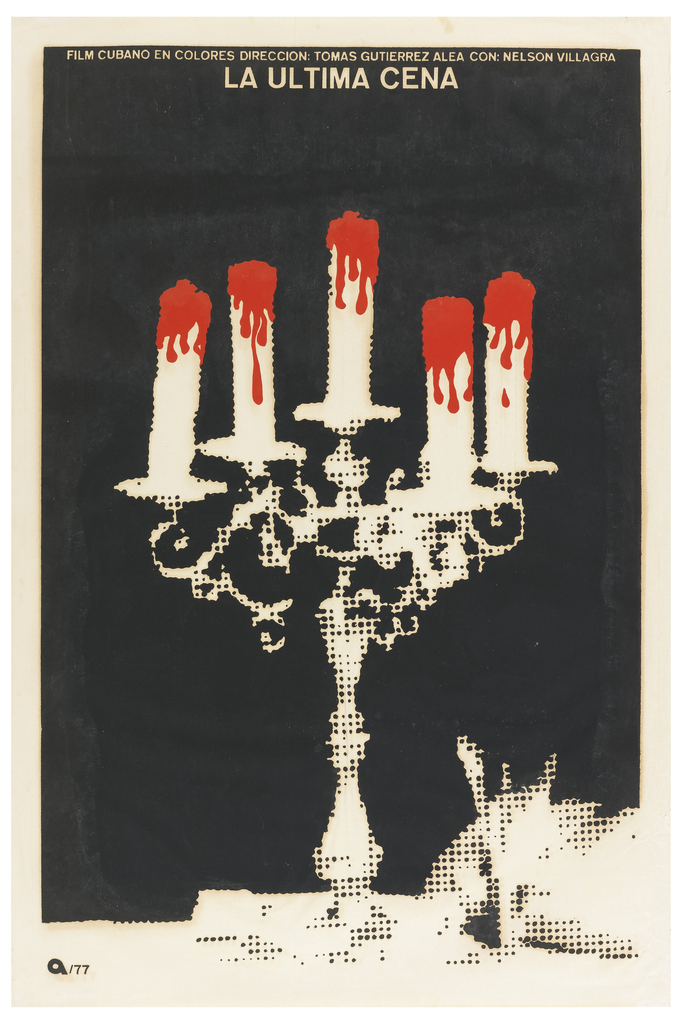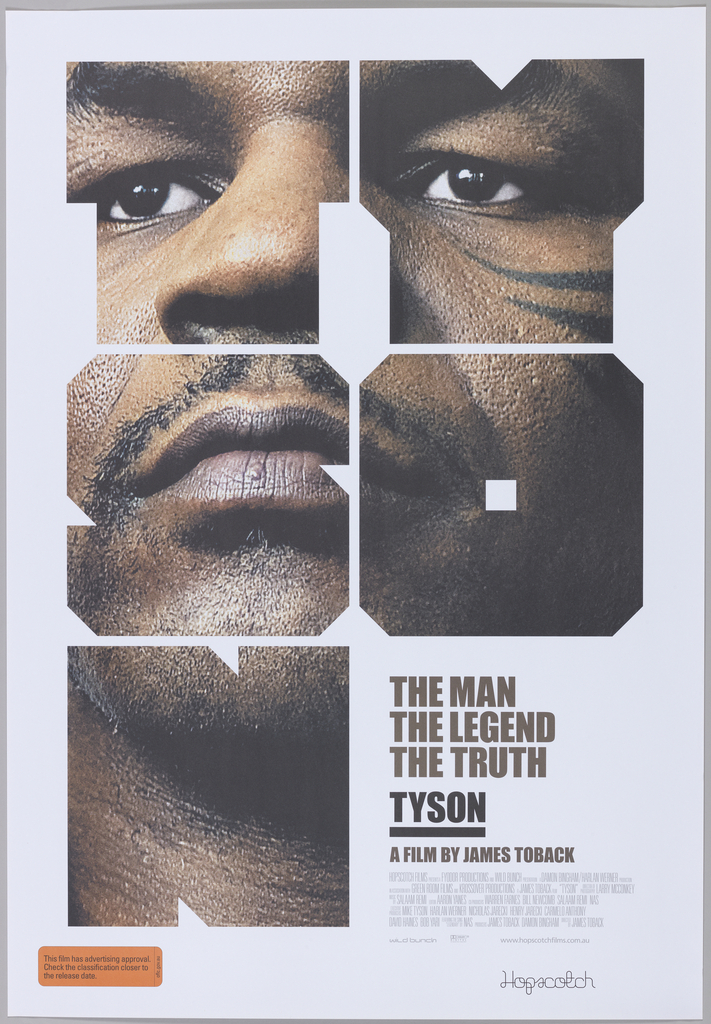Art Sims (American, born 1954) has designed graphics across entertainment media, but his most famous and prolific work is that for film posters. His collaboration with Academy Award–winning filmmaker Spike Lee (American, born 1957), in particular, has produced some of his most iconic designs. Sims was first drawn to Lee’s work after seeing Lee’s first...
From the Blog
In recognition of National Hispanic Heritage Month (September 15-October 15, 2019), this week’s Object Of The Day posts celebrate Latinx designers’ works in the collection. This post is written by Maeve Coudrelle. The Cuban Revolution of 1959 brought major changes to the country’s cultural fabric. Less than three months after the new revolutionary state came...
Australian graphic designer Mark Gowing designed this poster to advertise the film Tyson, a documentary about the controversial and legendary boxer Mike Tyson. The critically-acclaimed film was directed by James Toback, and closely follows Tyson’s career and personal life through lengthy interviews and archival footage. For his poster design, Gowing adapted elements from the graphic...


